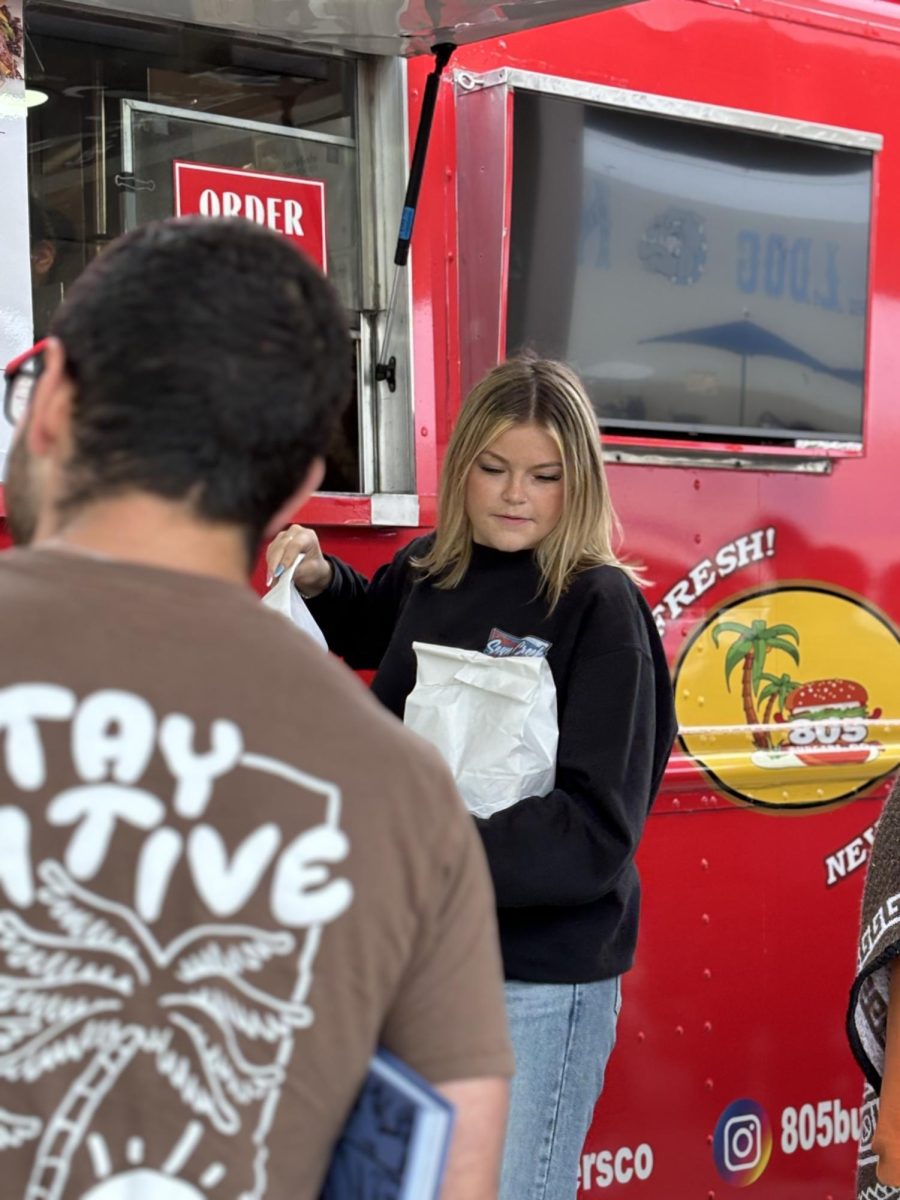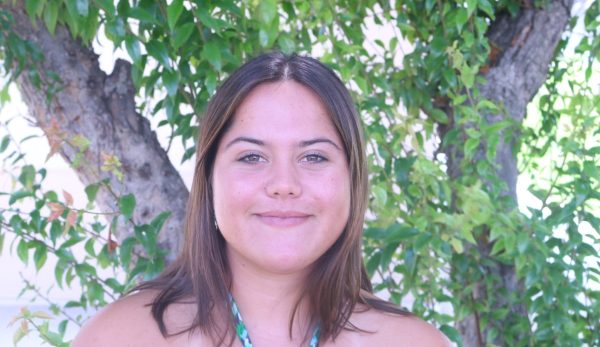High-level learning, rigorous subjects, and college preparation are all aspects to be expected in an Advanced Placement classroom. Dec. 13 all VUSD high school students had to participate in an EOS survey to collect data on what kinds of students are at Buena and the classes they are enrolled in.
“The [survey did] a good job trying to help students [and enroll] them into AP classes so then they can understand where they want to go for college and different organizations that they want to work in,” freshman Johnathon Benavides said.
According to Equal Opportunity Schools over the past school year, EOS ensured over 10,000 additional students were enrolled in advanced courses. Partnering with companies like the Chan Zuckerberg Initiative, The Education Trust, and College Board which is a mission-driven not-for-profit organization that connects students to college success and opportunity.
“Equal Opportunity Schools is an organization that tries to increase the number of, in particular, minority students in AP classes,” principal Audrey Asplund said. ”They want more diversity in the AP classes because the more experience students have with AP classes . . . they will have some familiarity with the level of rigor of a college class.”
The district decided to partner with EOS to increase enrollment in higher-level classes. For phase one of the plan, a survey is distributed to students in all grades to collect data on AP interest and registration.
“The purpose of the survey is to try to get to know kids . . . [it will ask] are you interested in an AP class? What kind of classes are you interested in?” Asplund said.
Currently, Buena’s AP programs are strong compared to prior years and are only continuing to grow. This does not mean that some classes are not smaller than others or that Buena has not cut some due to lack of interest. This school year AP statistics was cut from the roster of classes available to students.
“The teachers we have teaching AP do a great job, [and have] a lot of experience,” assistant principal Scott McNutt said. “The number of students that signed up for the exams this year is a little bit more than last year.”
While AP classes are great for students looking to get ahead or bring up their GPA, sometimes their rigor of work isn’t well received by underclassmen or those who haven’t been in honors level classes.
“[Buena should] advertise the amount of work [students] would have to do . . . AP comes with more work, and that might stress students out a lot and may lead to either burnout or them dropping the class entirely,” Benavides said.
However, APs are not the only option for students to receive college credits. Buena partners with local community colleges like Ventura College to allow students to register for dual enrollment, which lets students participate in college classes while still in high school.
“If you do [classes] at the college instead, you have completed college-level work that is anchored in on your transcript and it transfers. The other side of that is it is not as convenient as having it built into your schedule,” McNutt said.
Even with all the great opportunities dual enrollment supplies, high school students should be aware of the differences between a high school and college transcript. Once a student takes a college class that transcript is now open; this means if a student fails a college class it will follow them throughout their college career.
“I would caution anyone from taking college classes unless they have great transportation, they are very dedicated, they have interest in the subject, and they are going to put in the hard work,” McNutt said.
Because students receive college credits when they pass these classes they open up their college transcript in high school. This means that if their grade in a class drops below a C, there could be limits to financial aid, academic probation, and other consequences at a college level all while still a high school student.
To help support and expand Buena’s AP programs the district will be working with EOS to diversify and evolve the AP curriculum, finding students who do not usually enroll in higher-level classes.
“I think sometimes a kid may not look like an AP kid. Let’s say they have a lot of low grades and they put down that they are interested in an AP class,” Asplund said. “They are interested in it, even though they do not have good grades, they might do well in that class.”


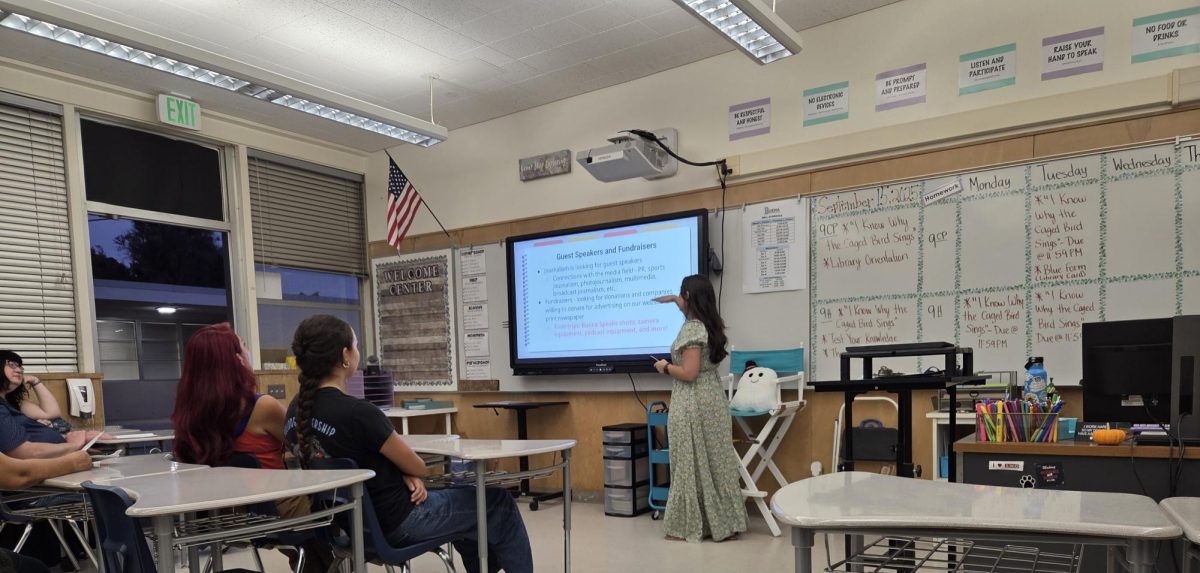
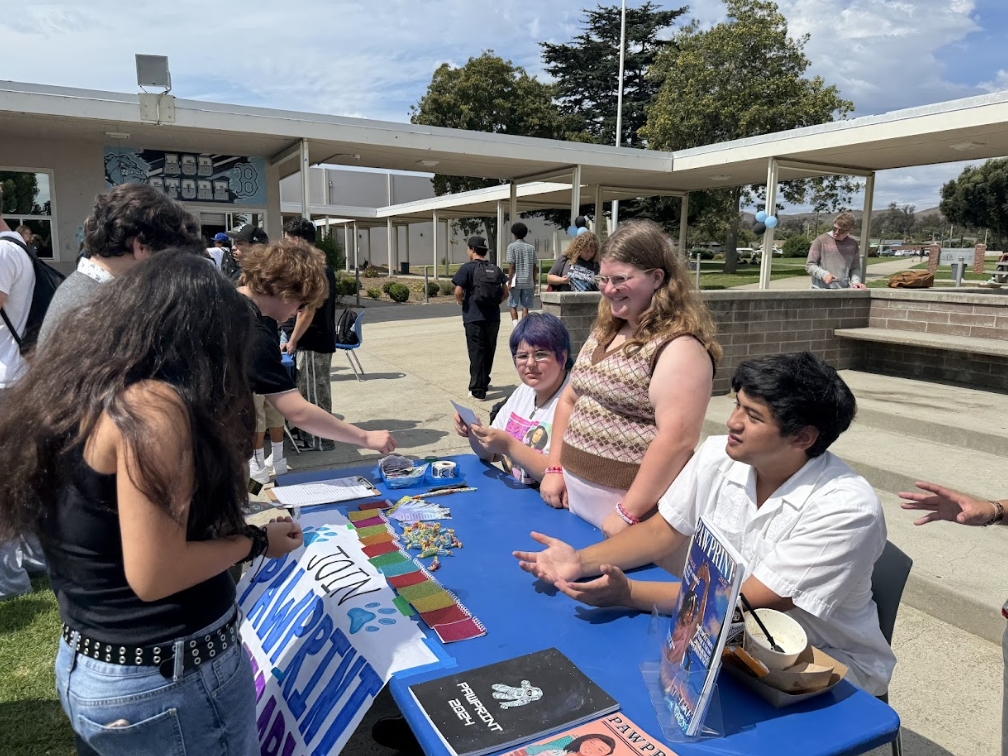
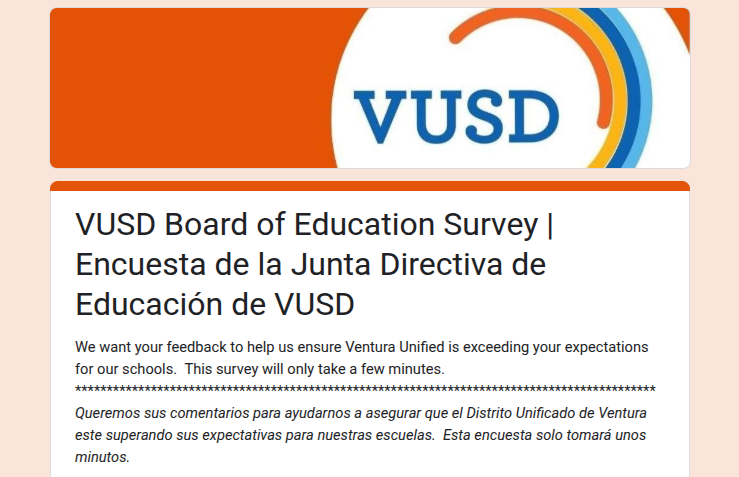
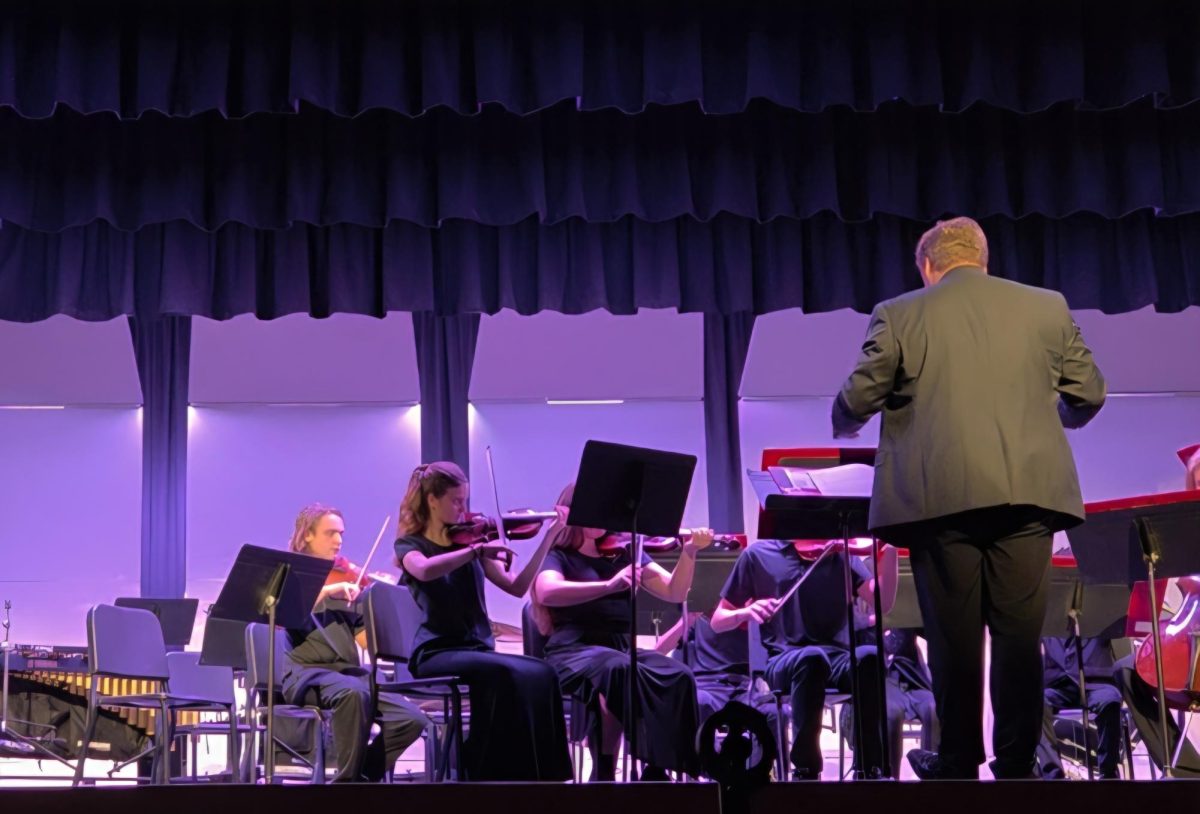

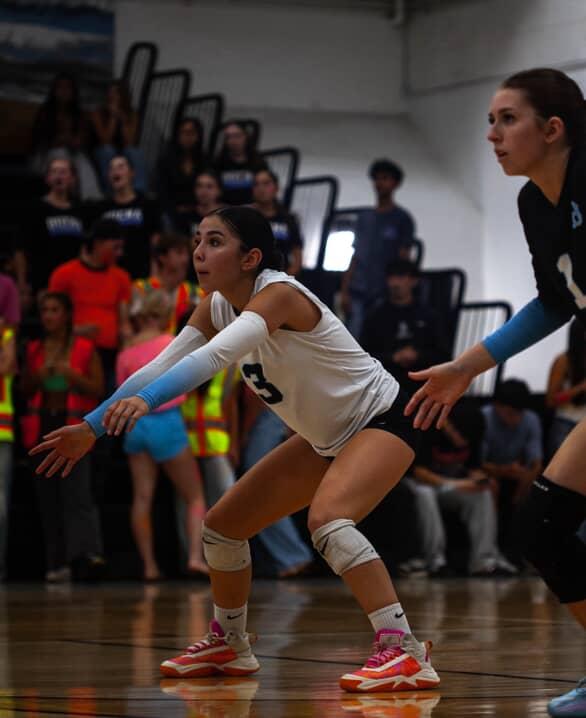
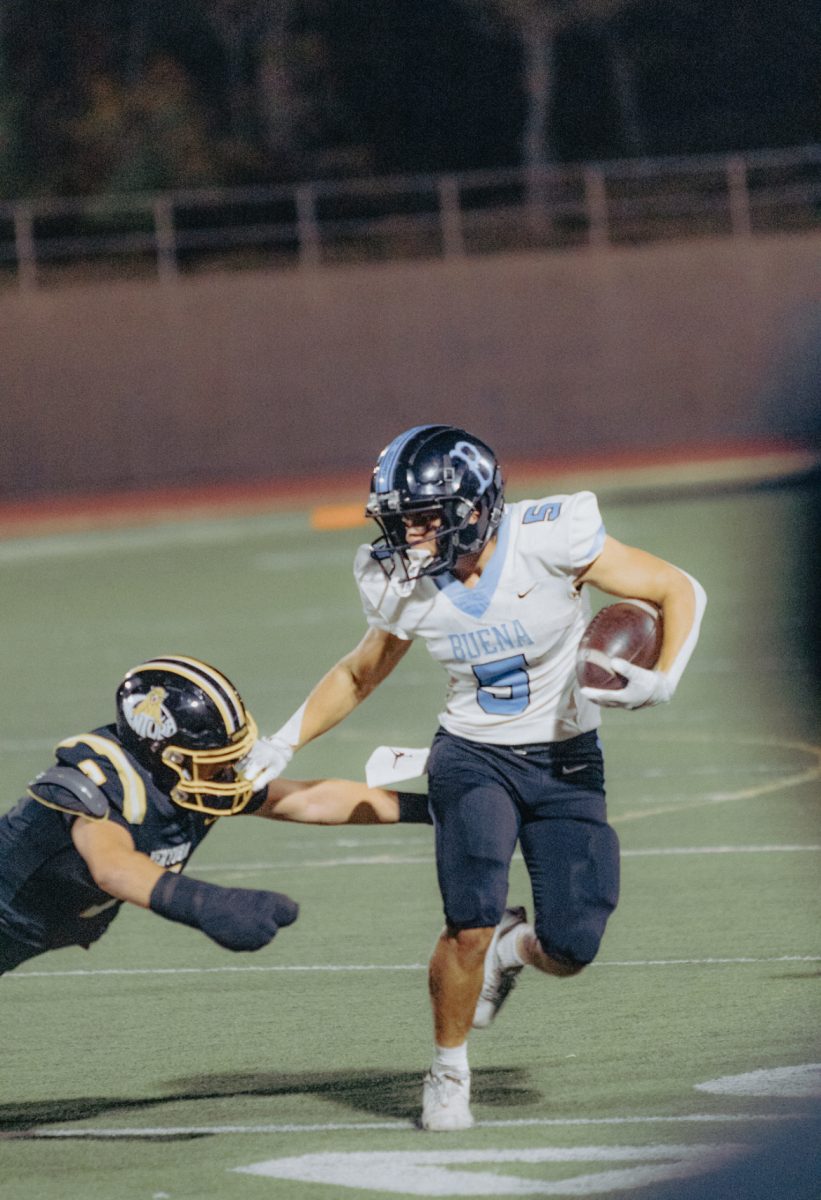
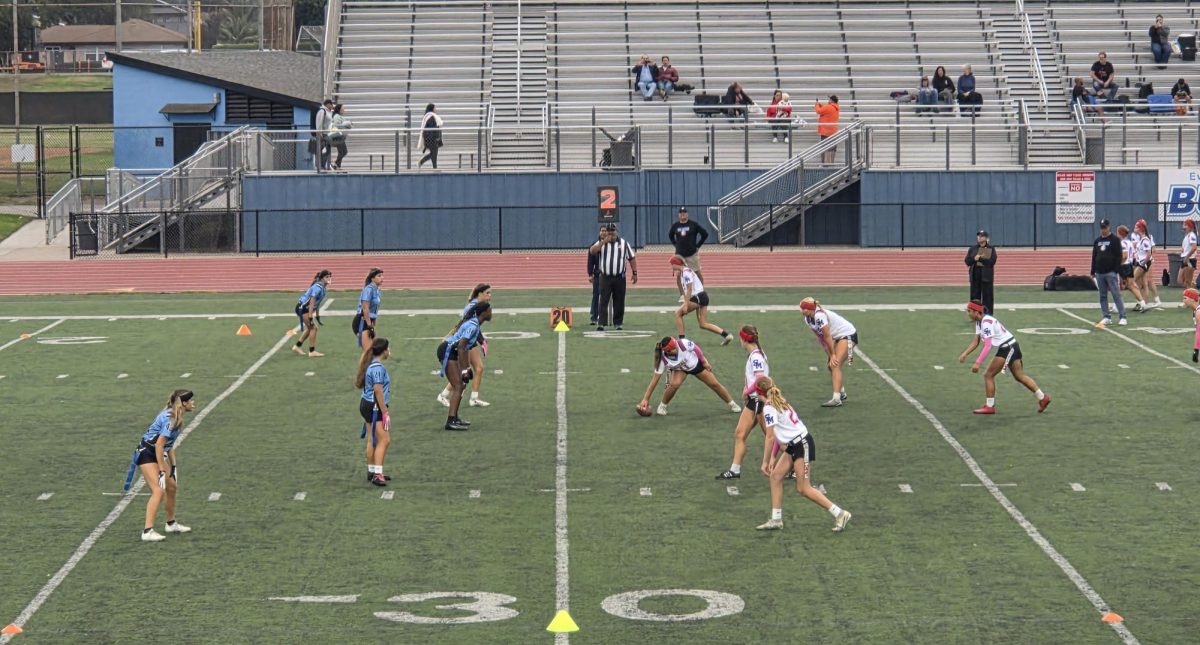
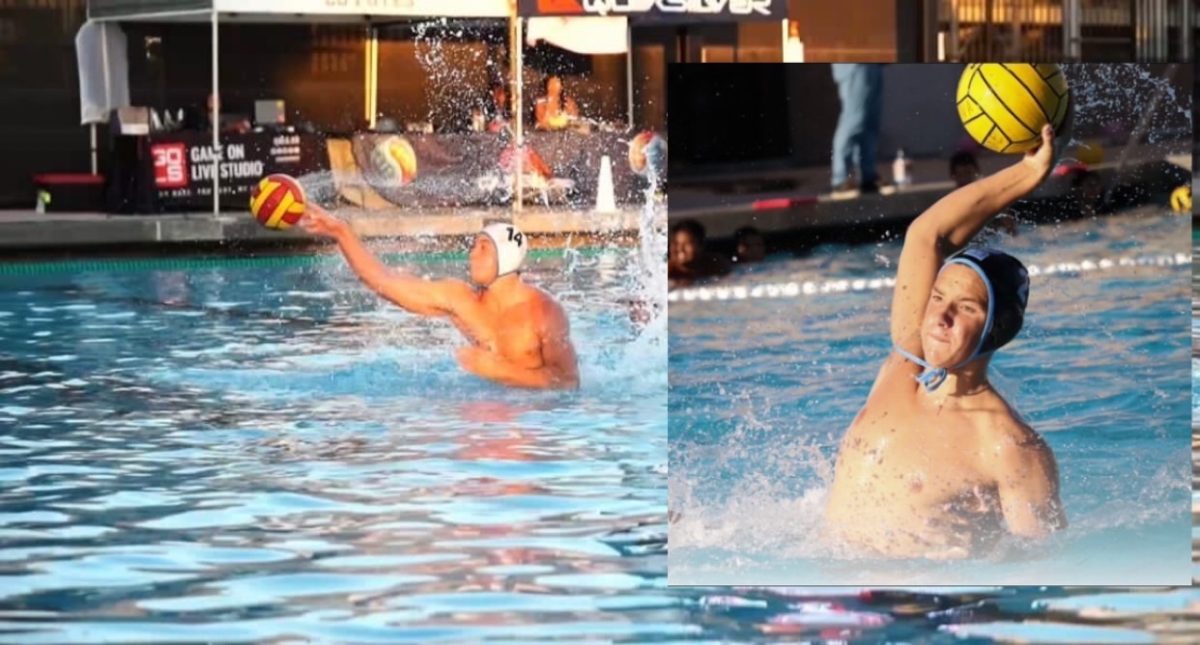
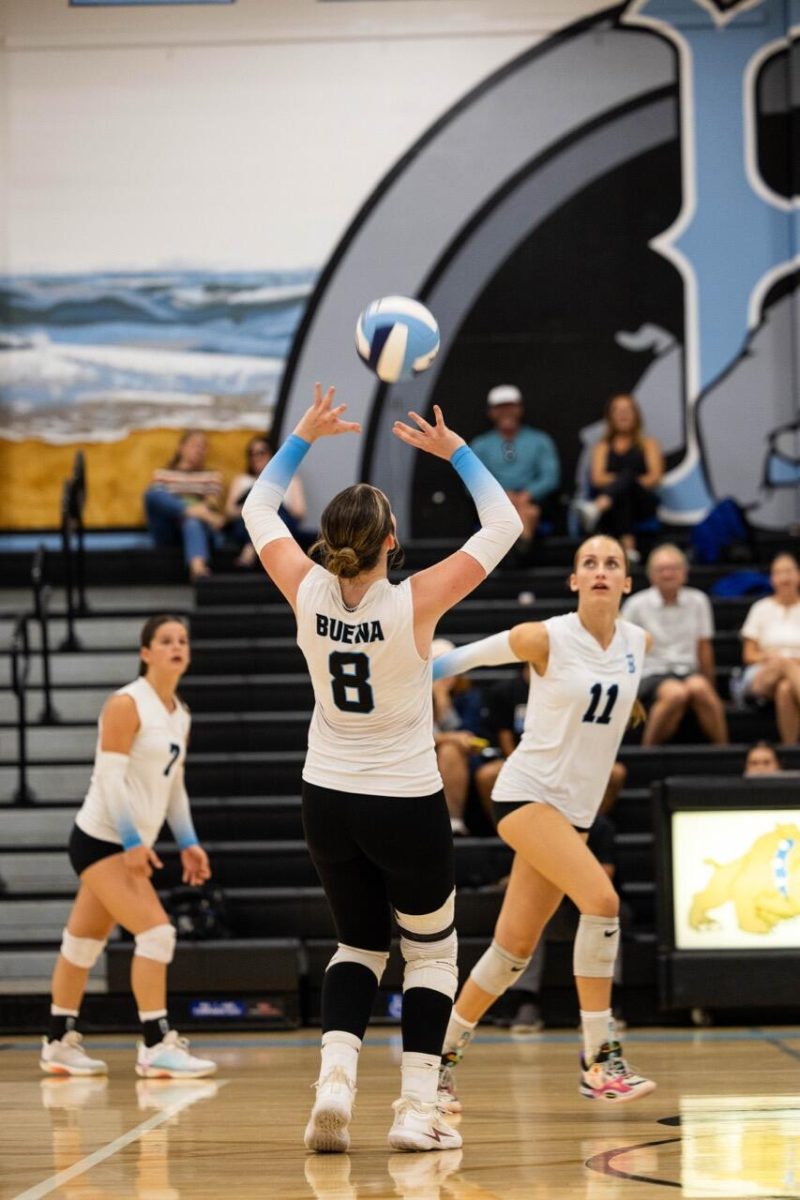


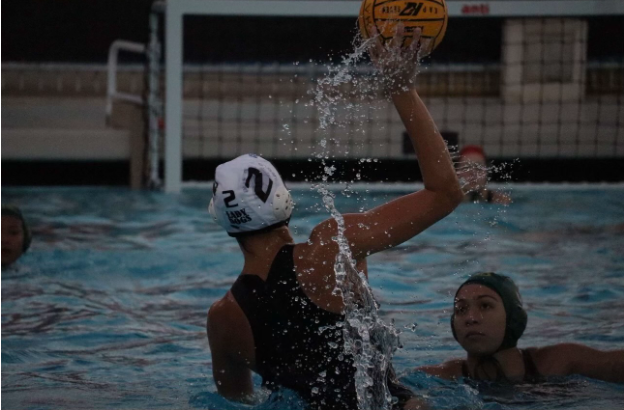
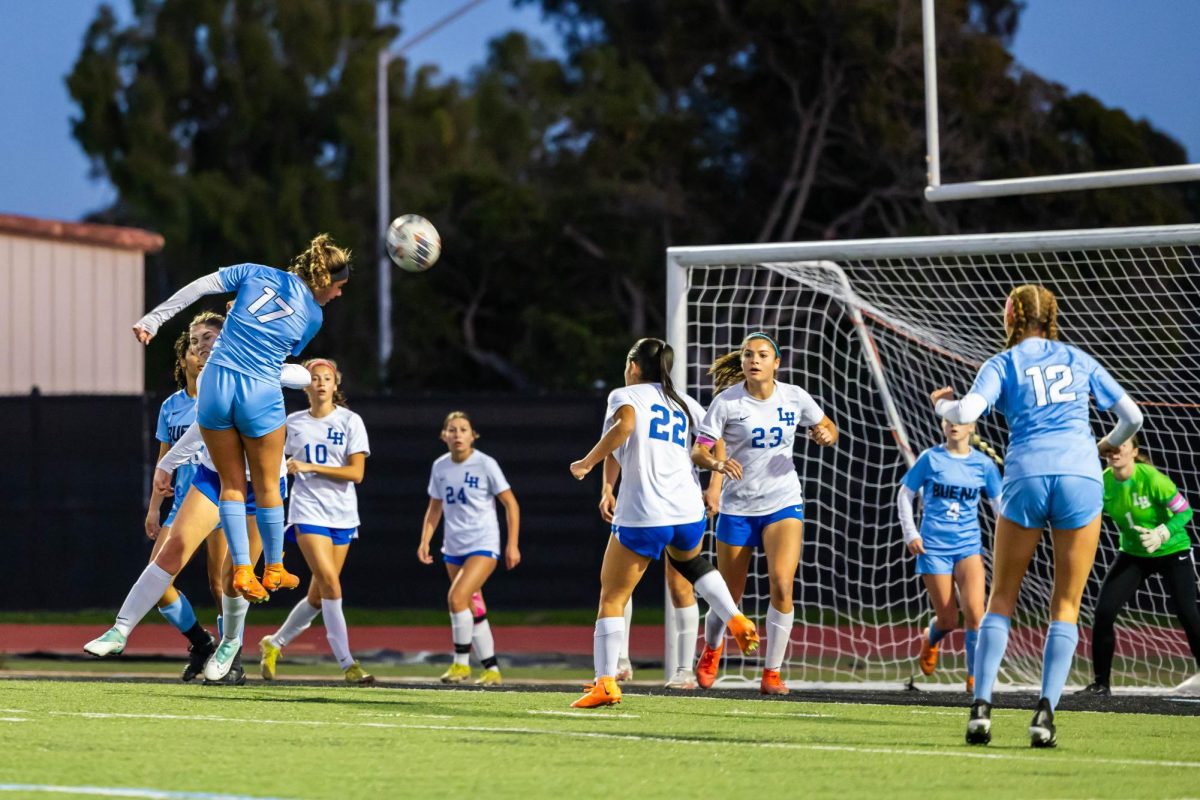
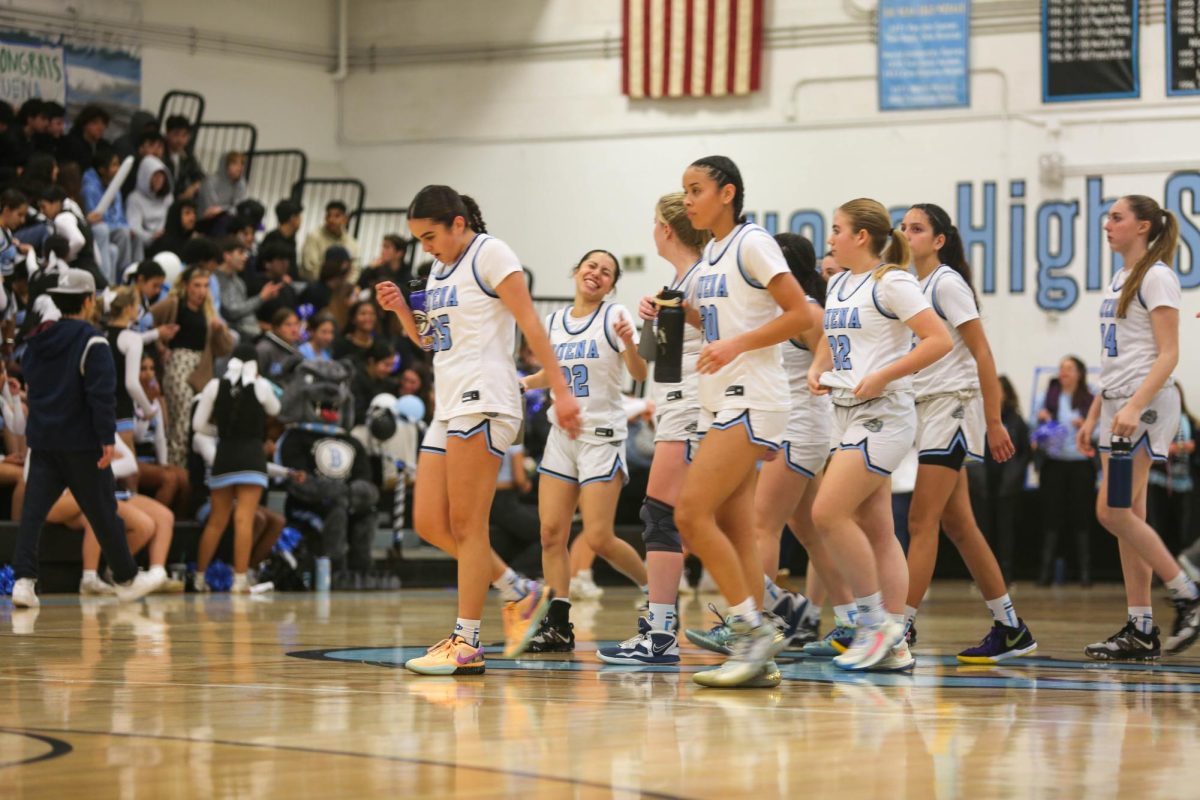
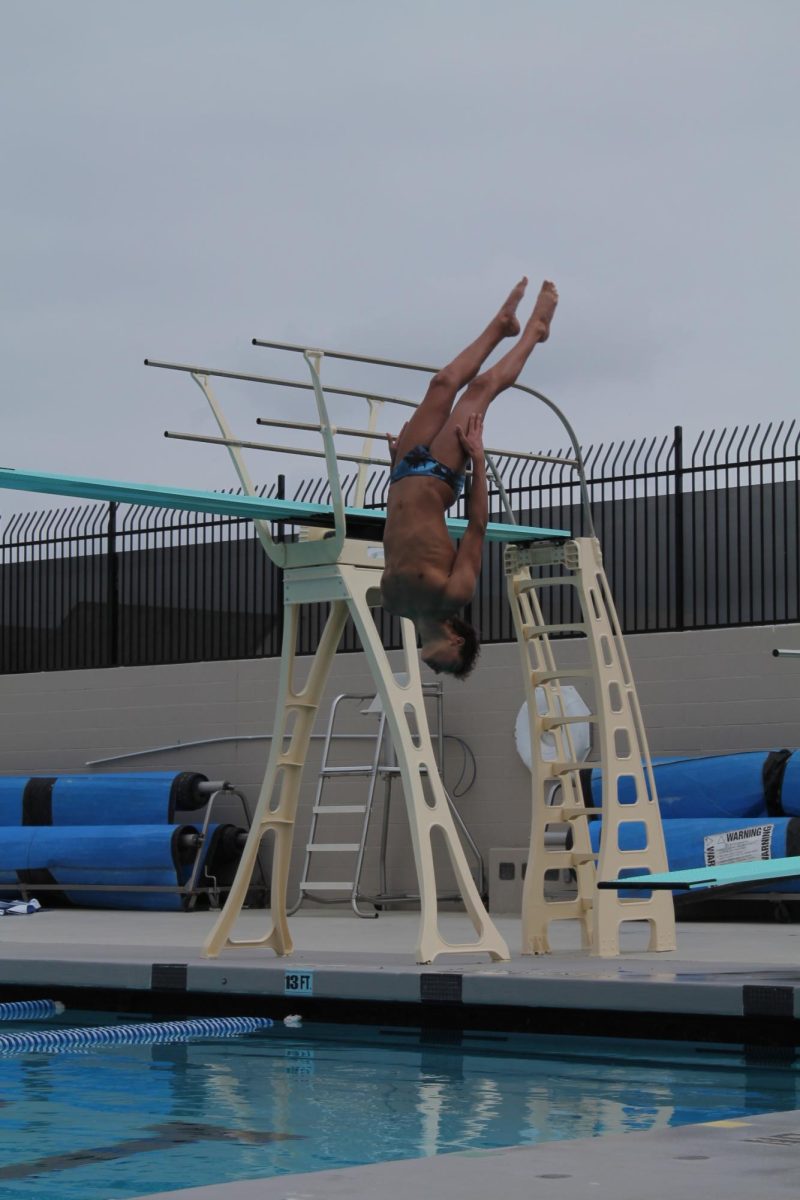

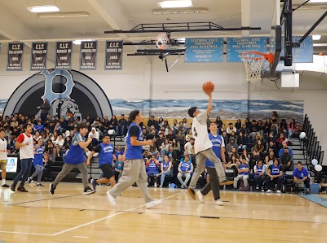
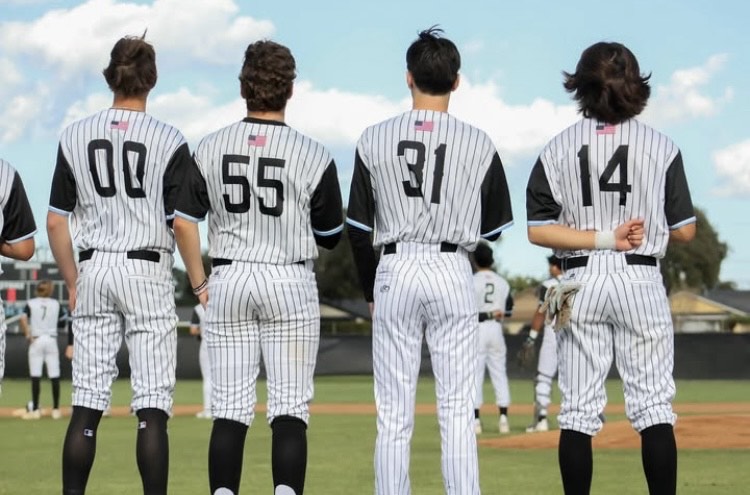
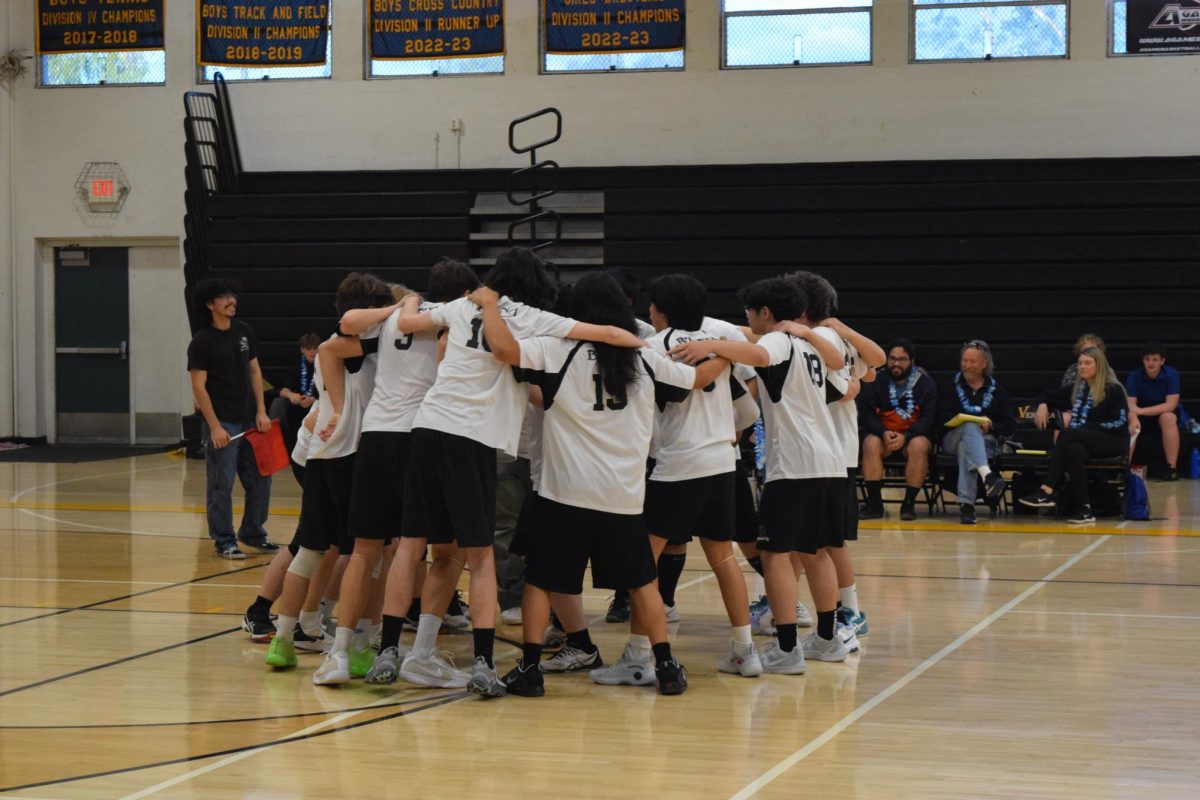

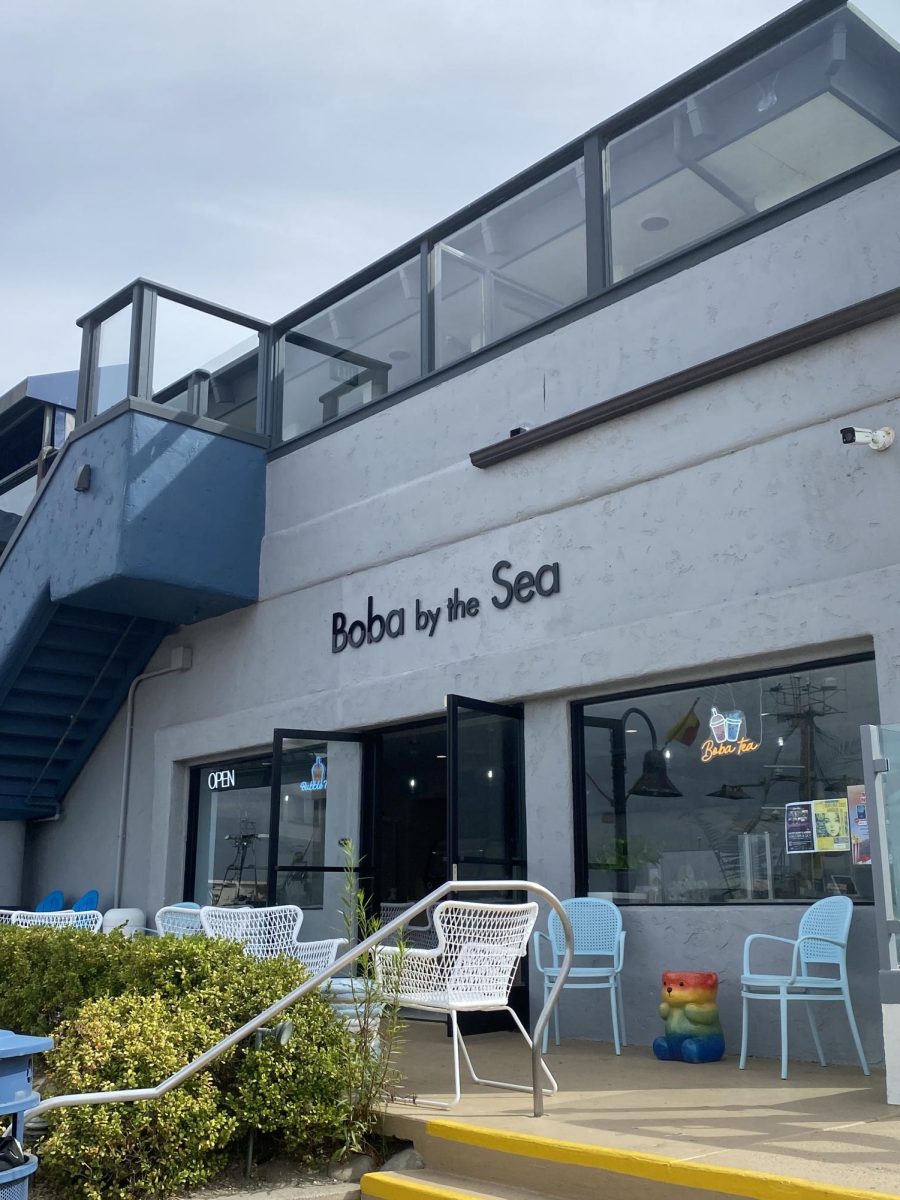






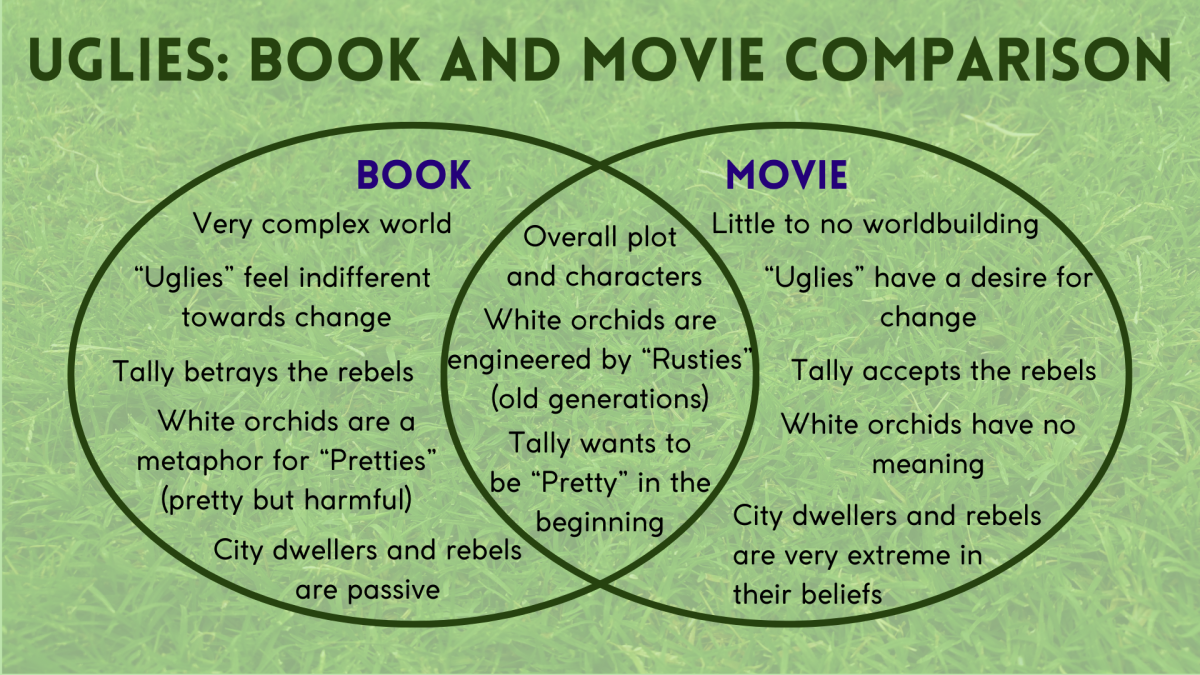






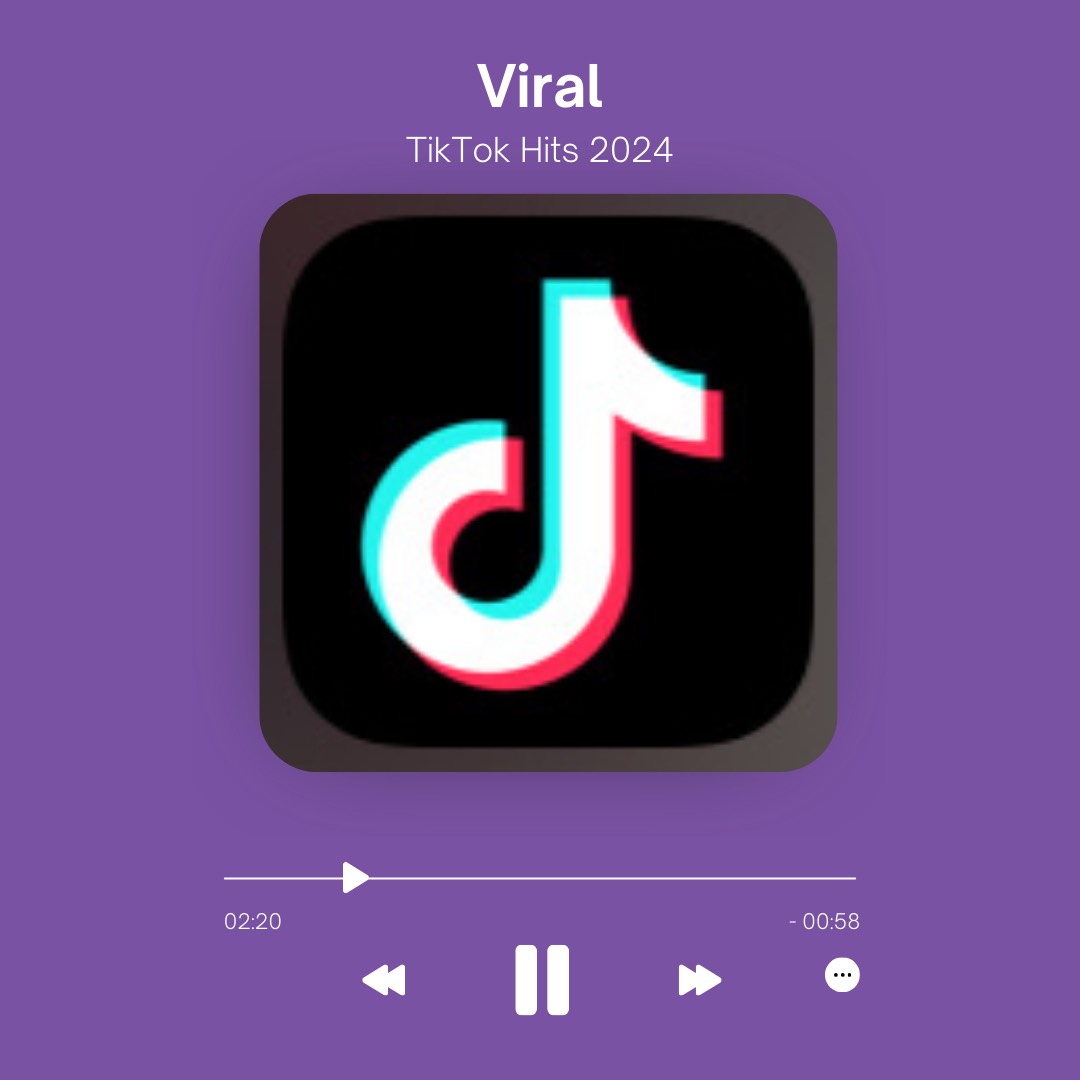

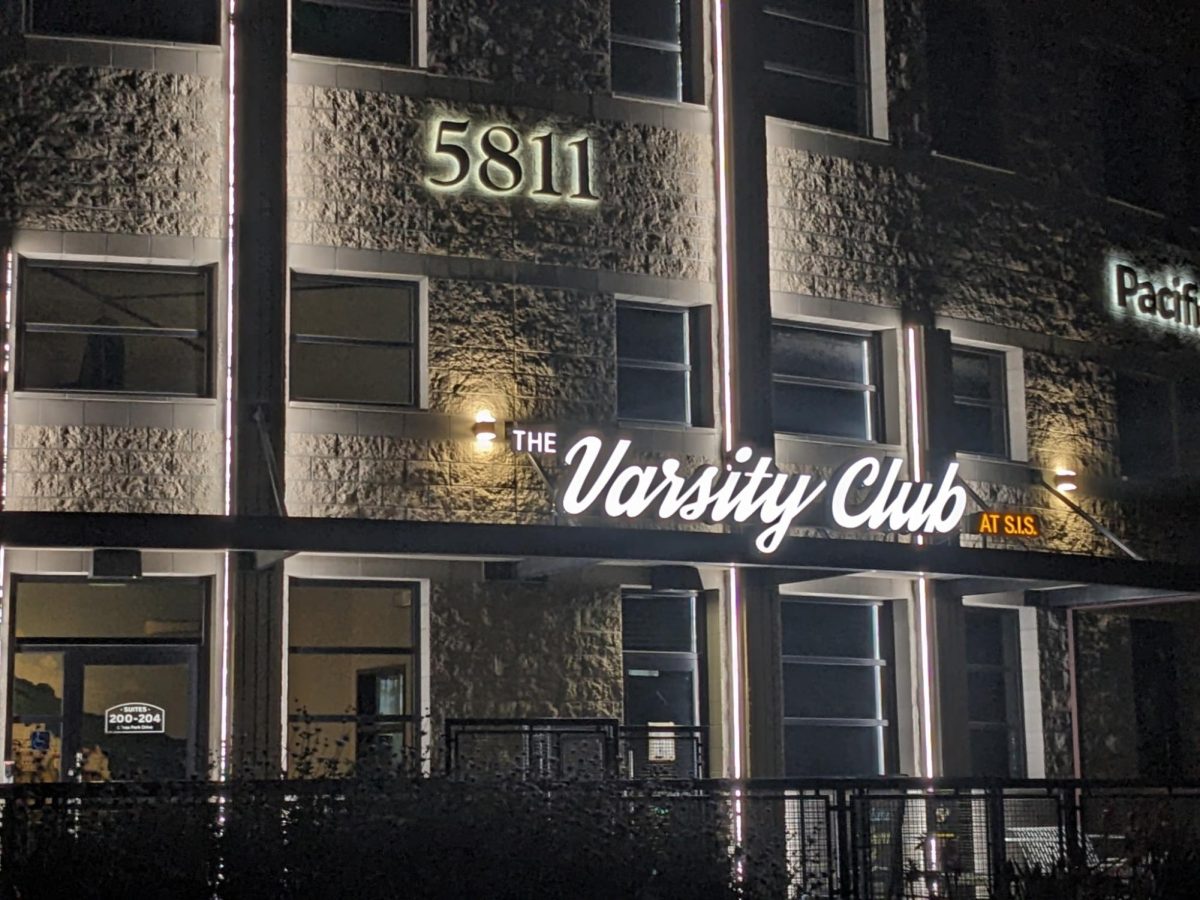

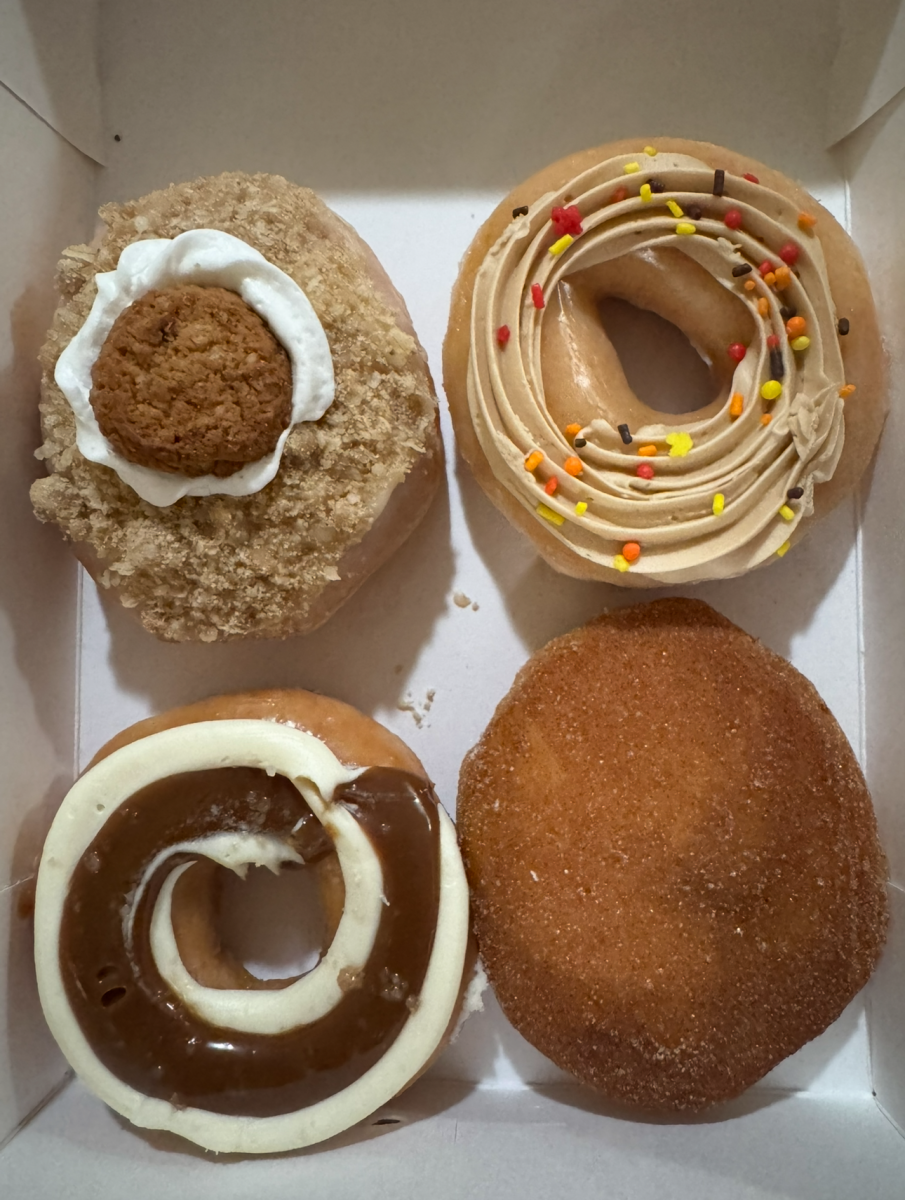
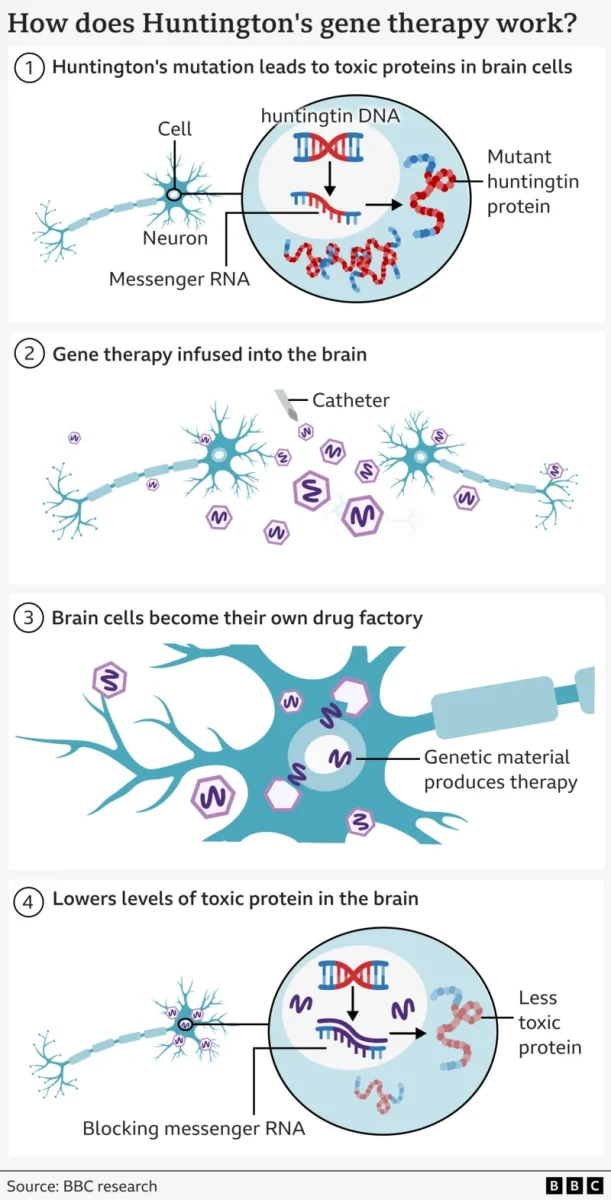


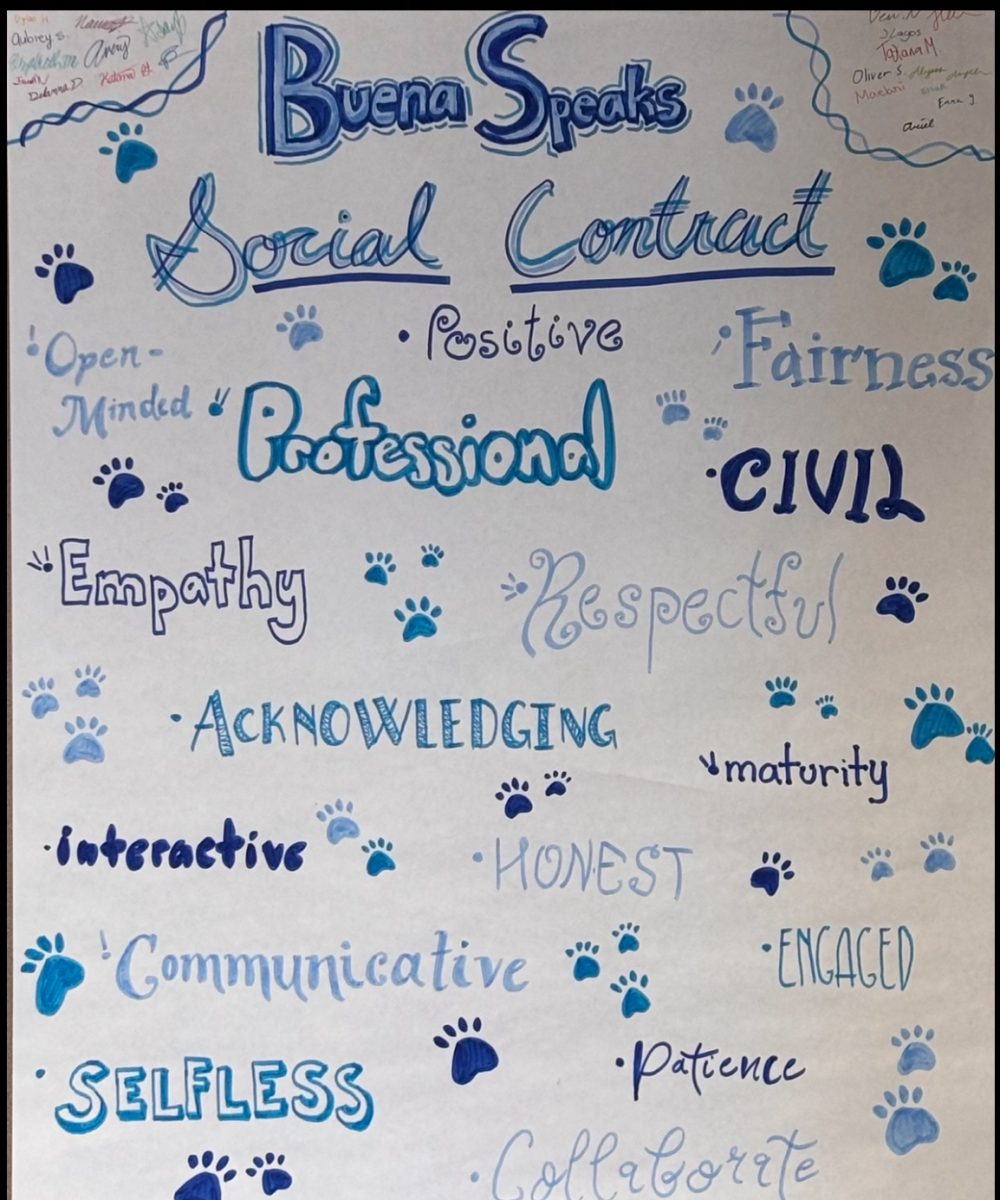
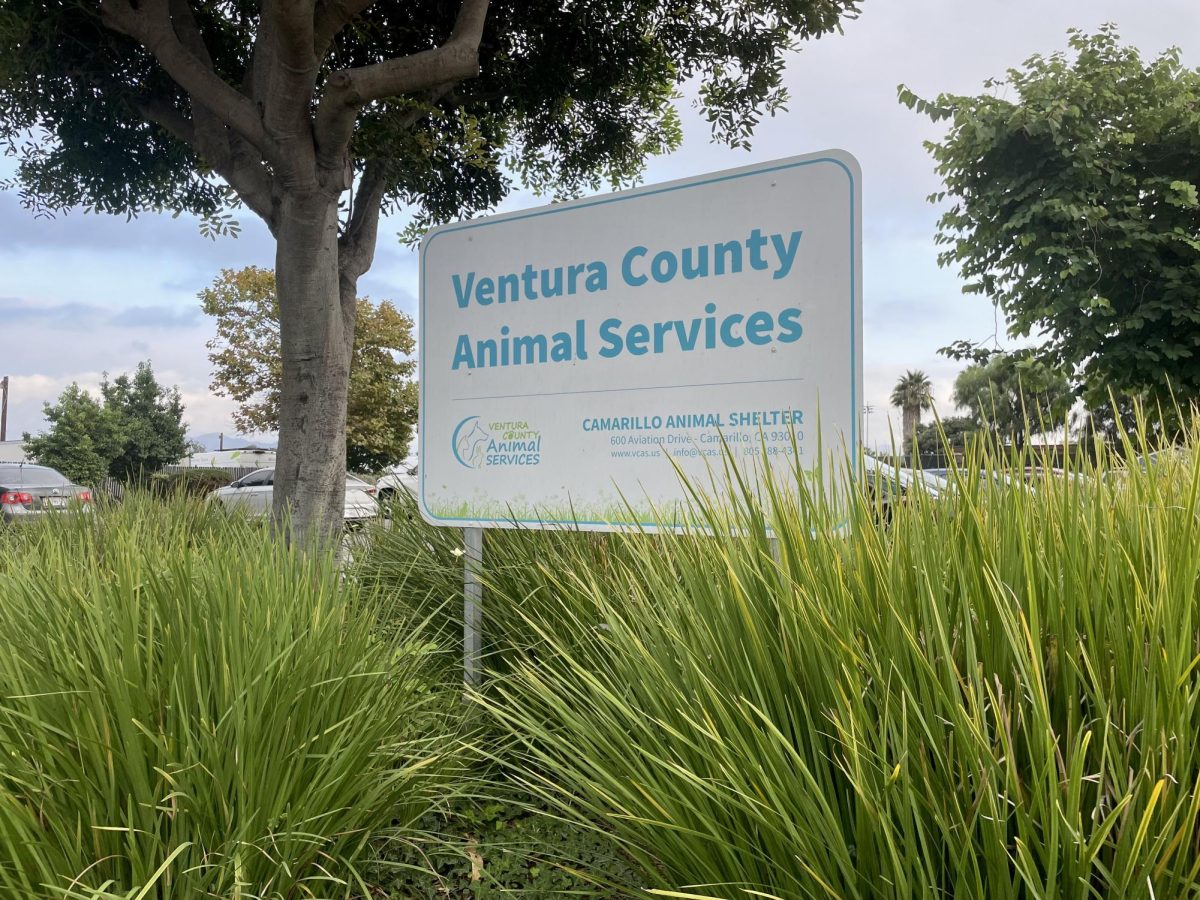
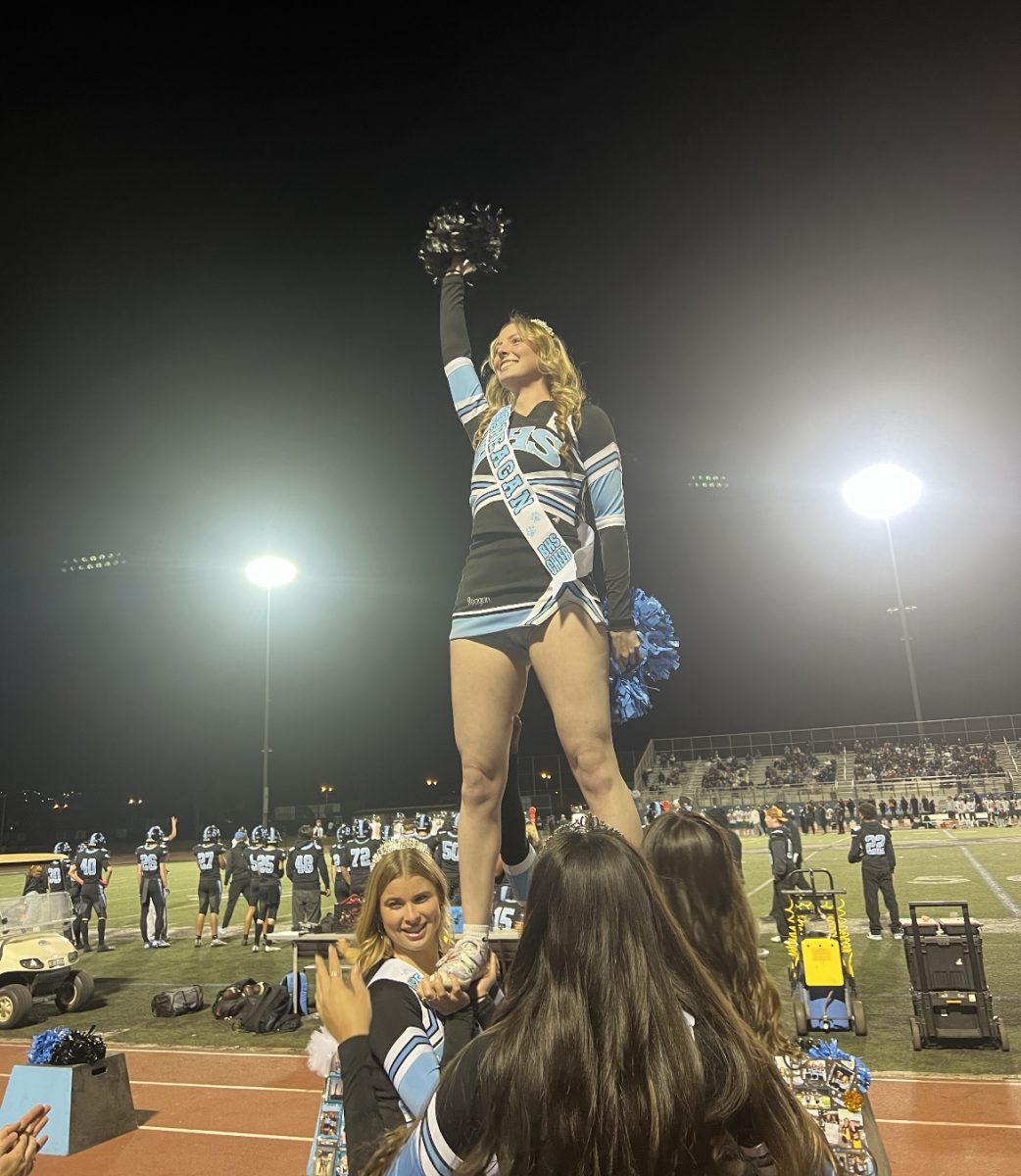
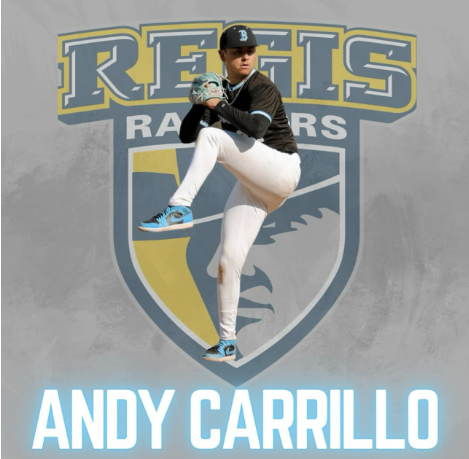
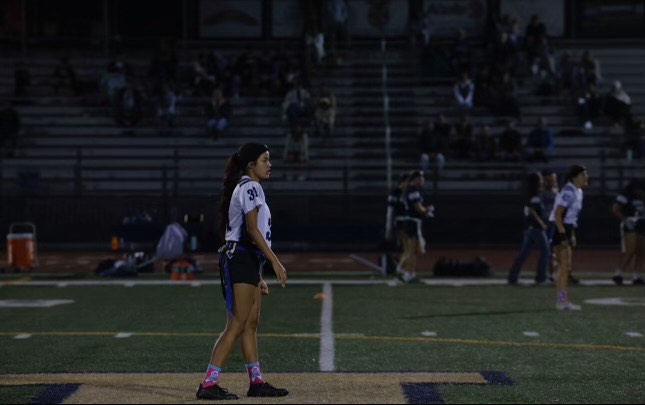
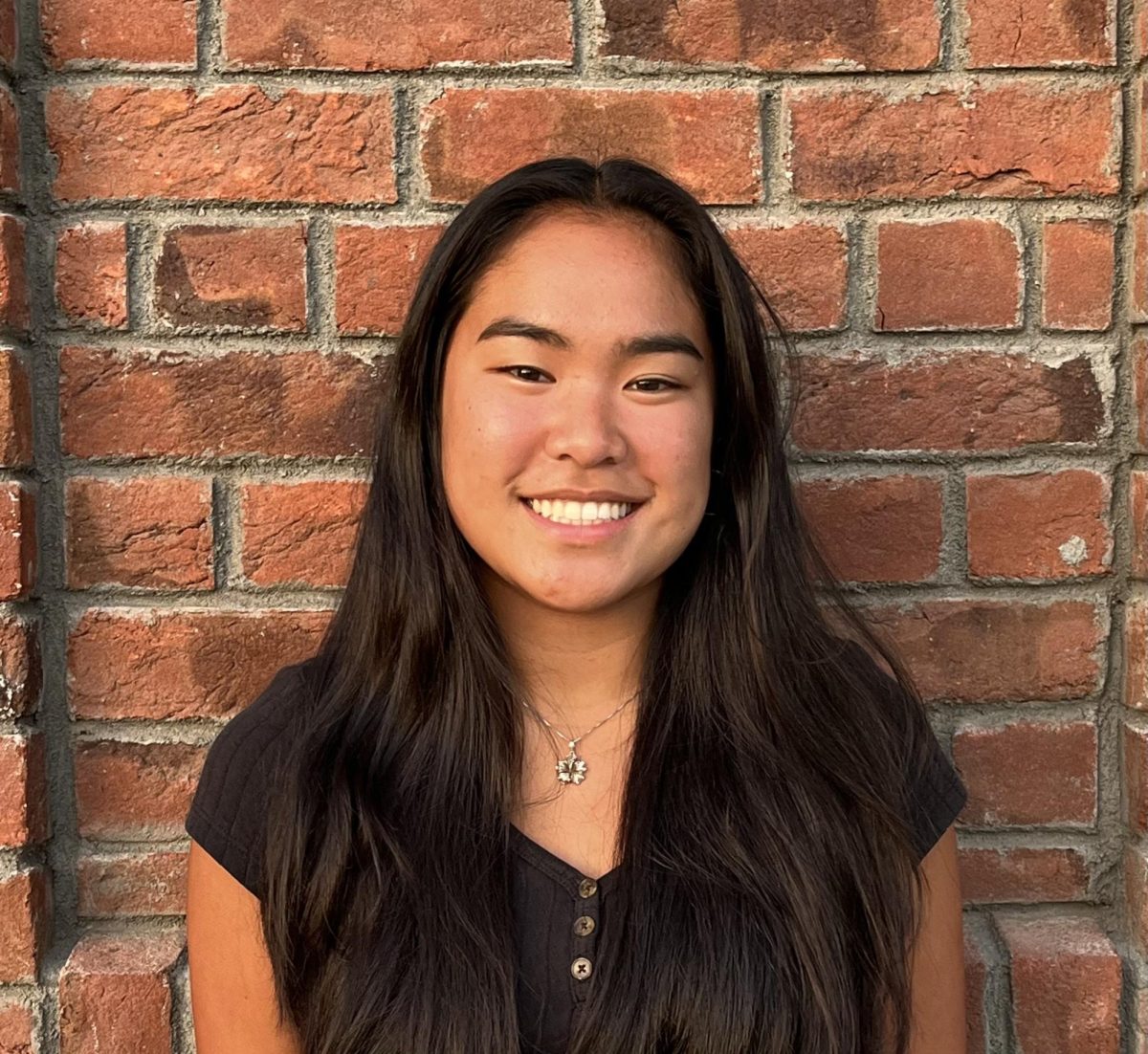
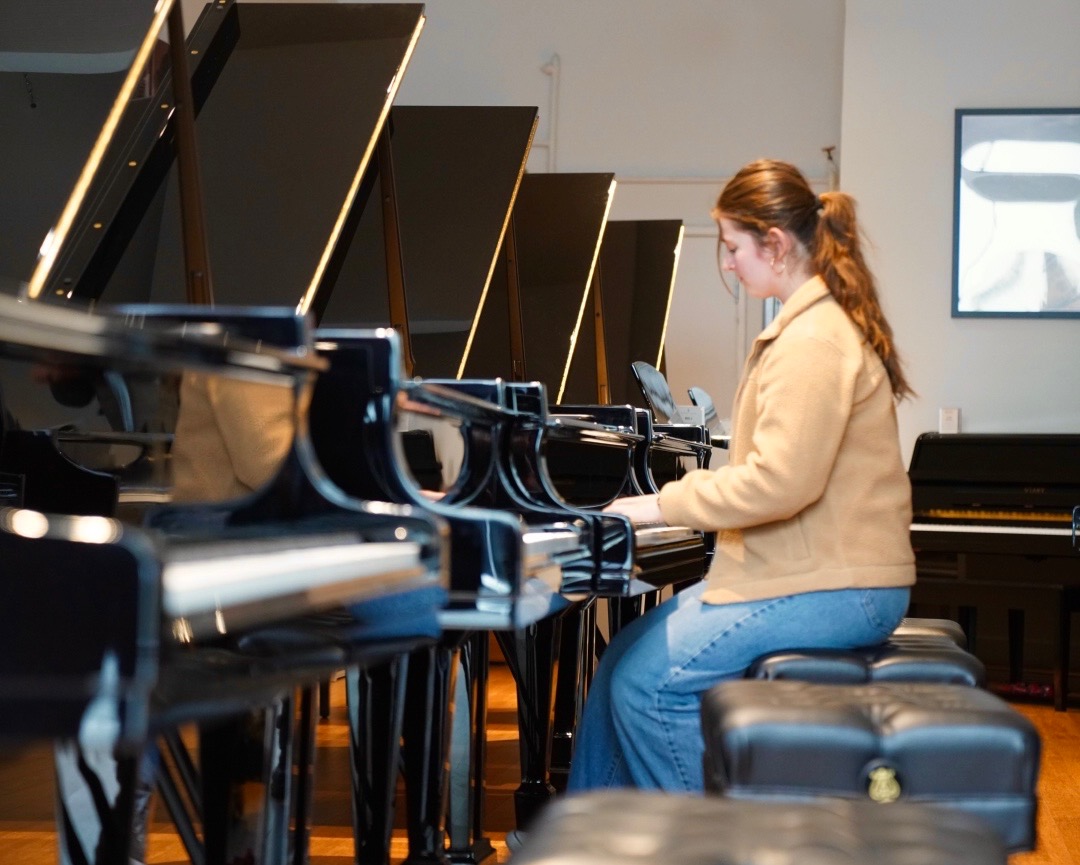



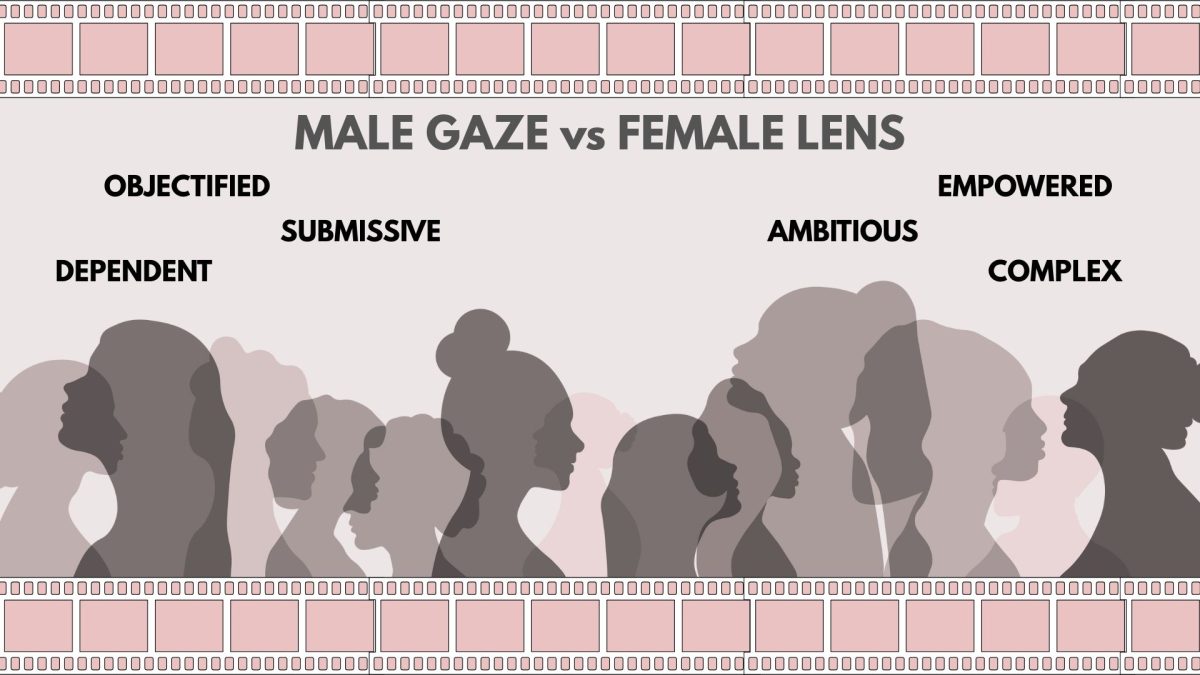
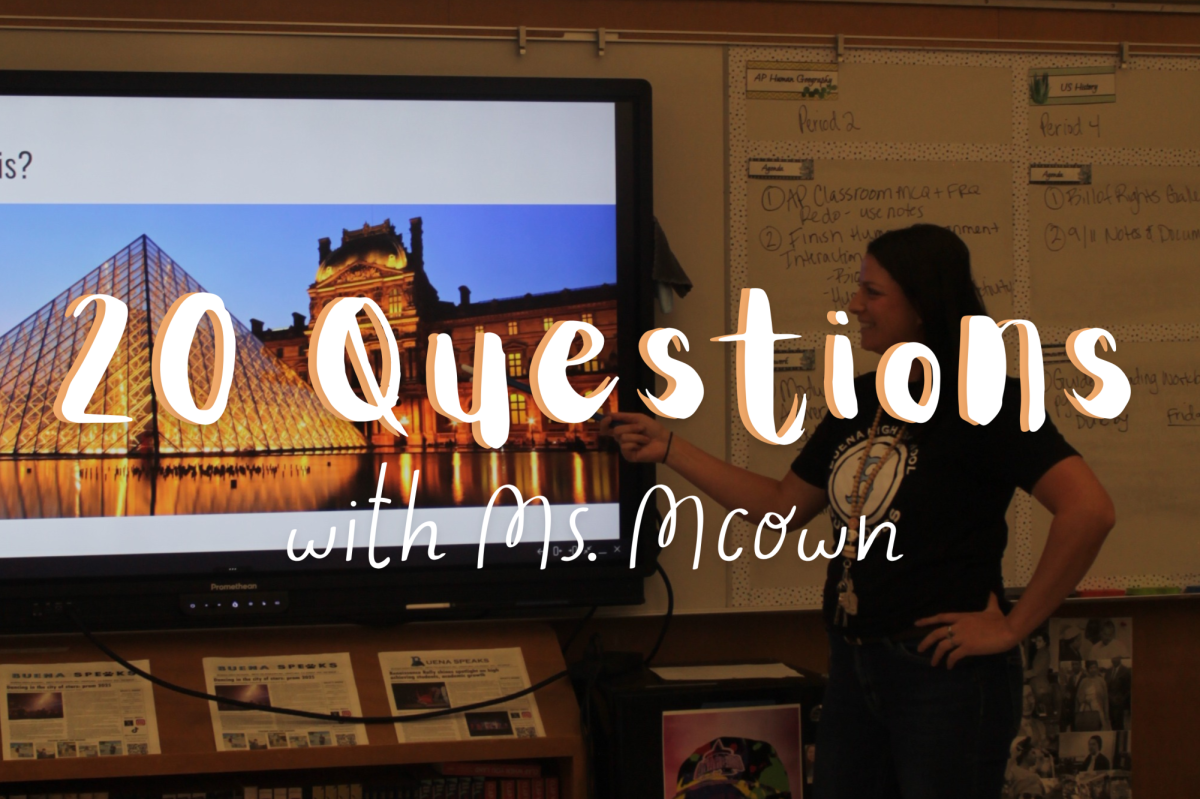
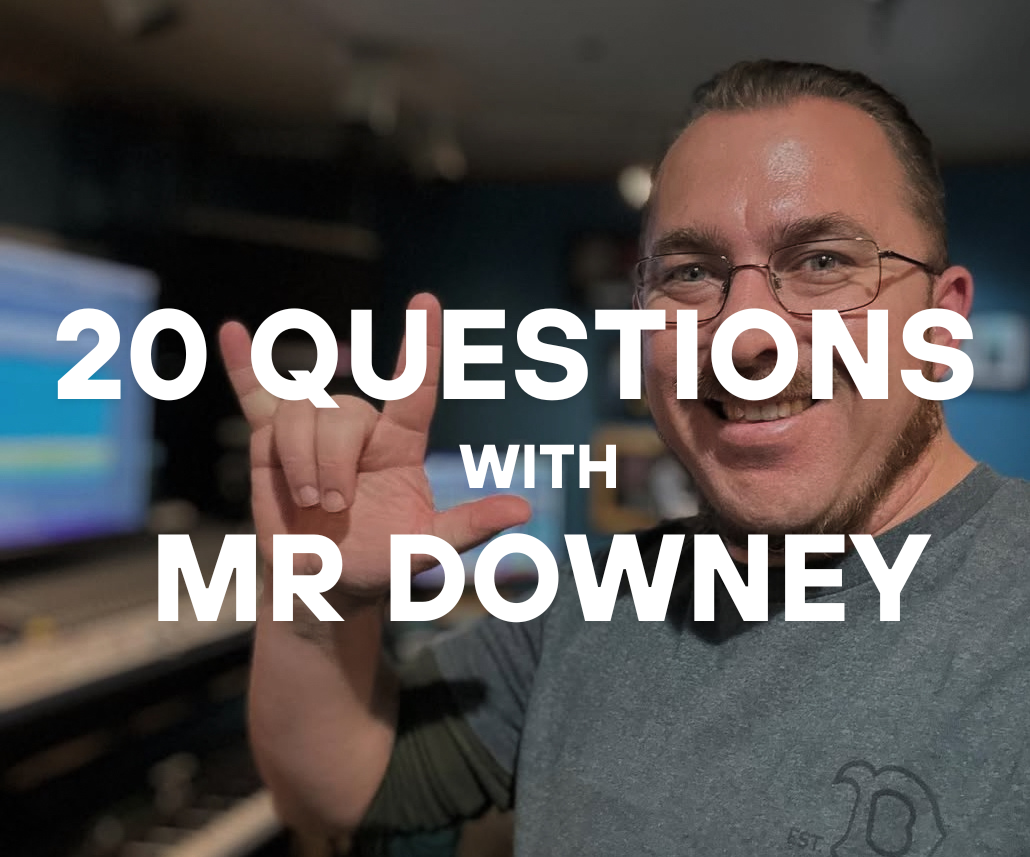

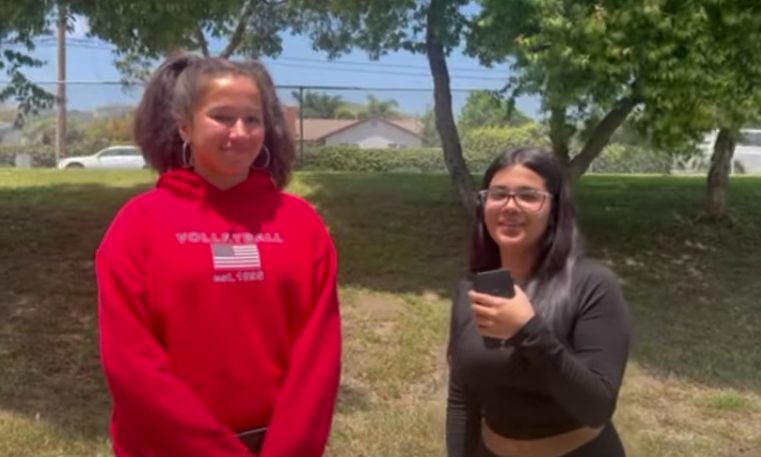
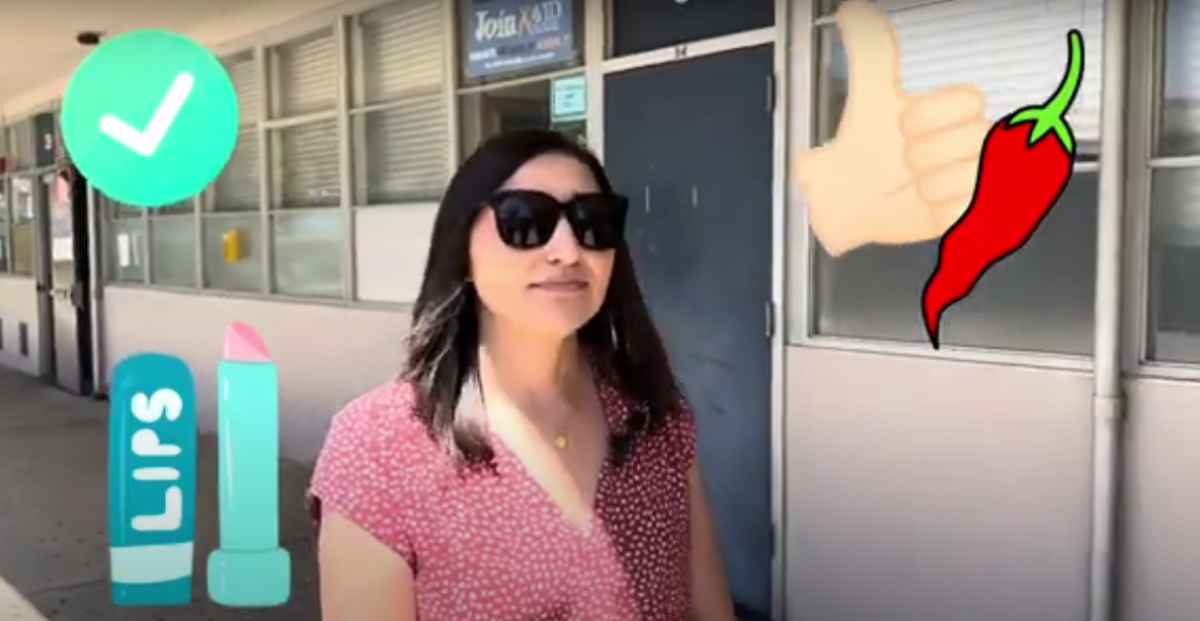
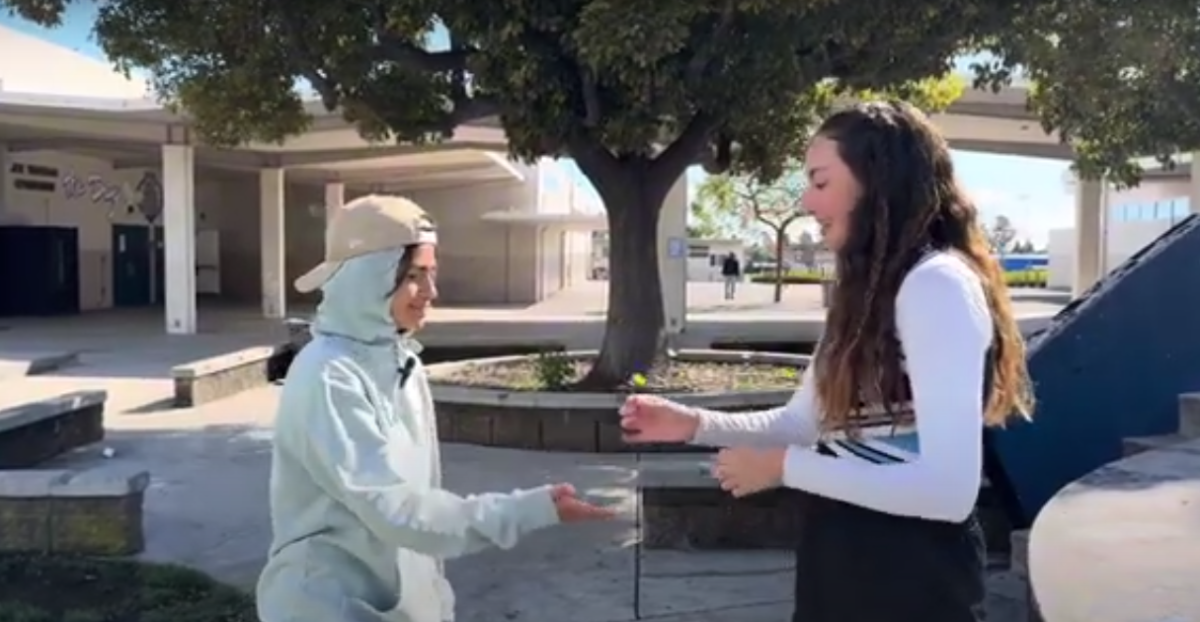
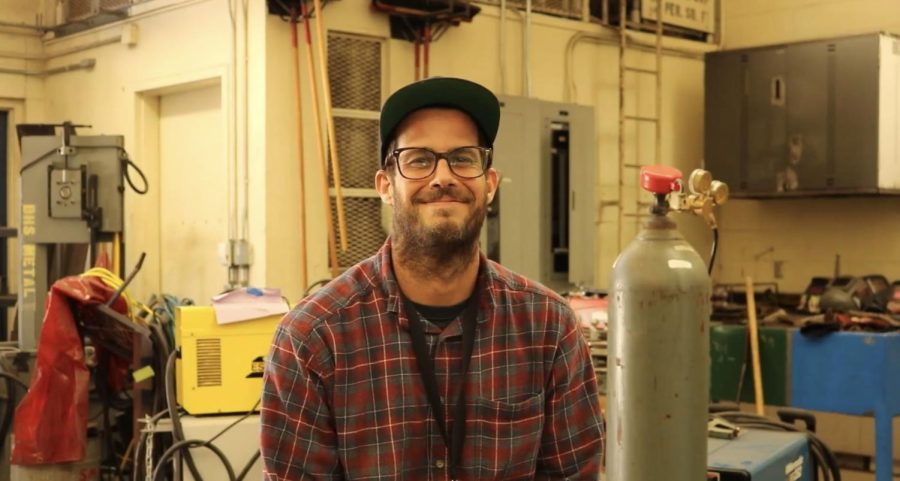
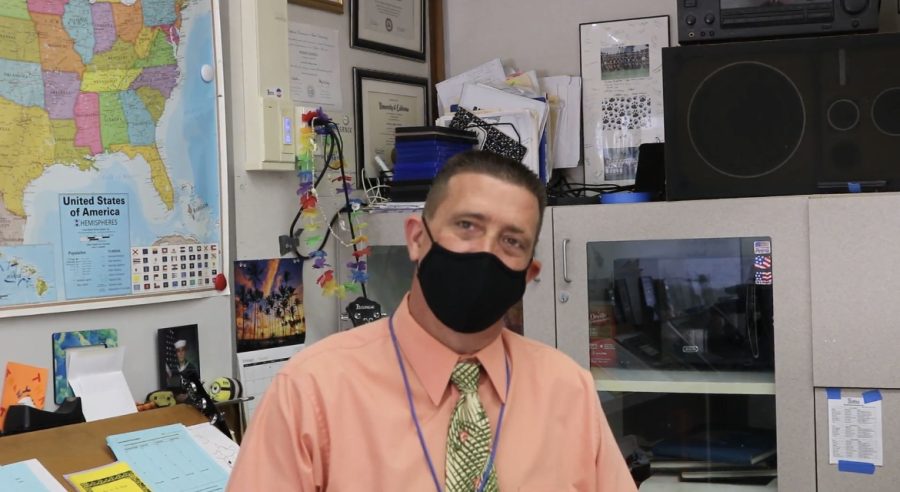
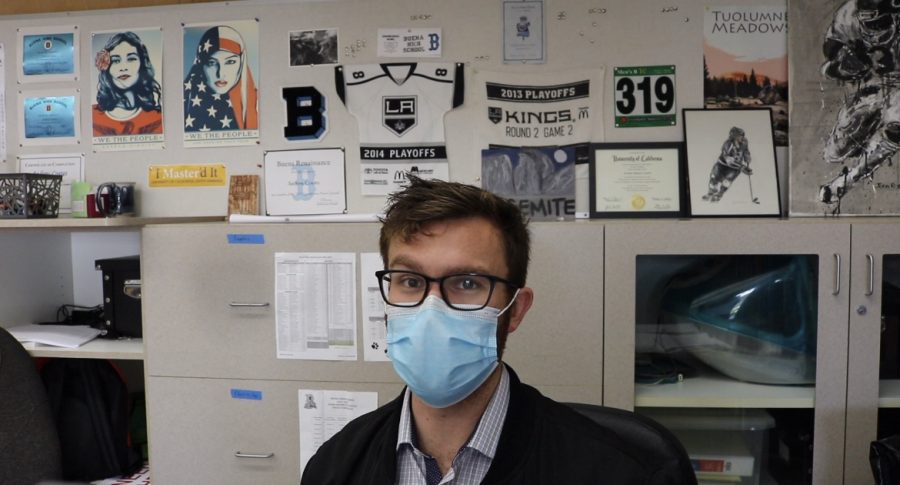
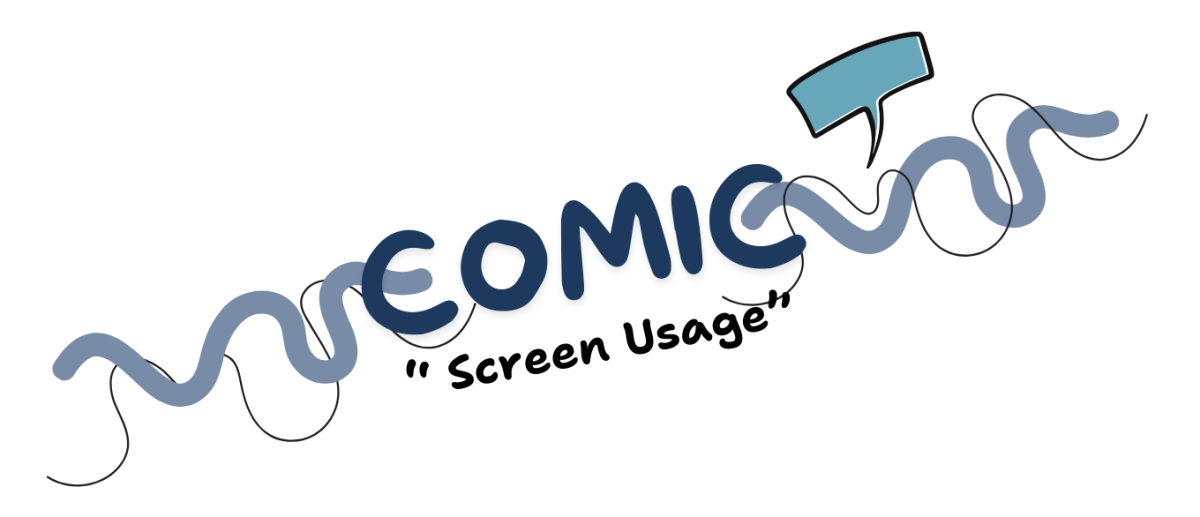
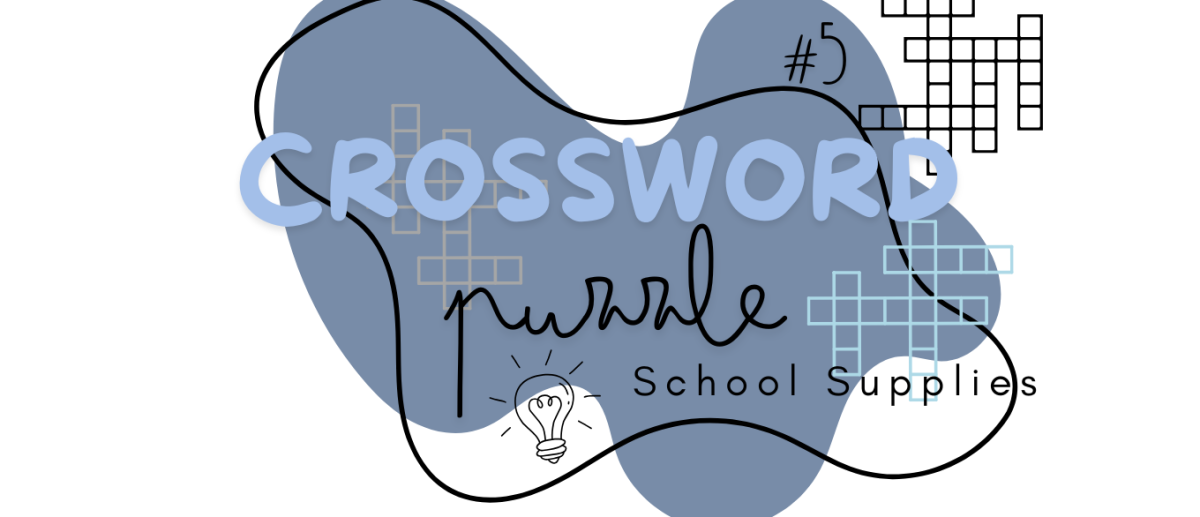
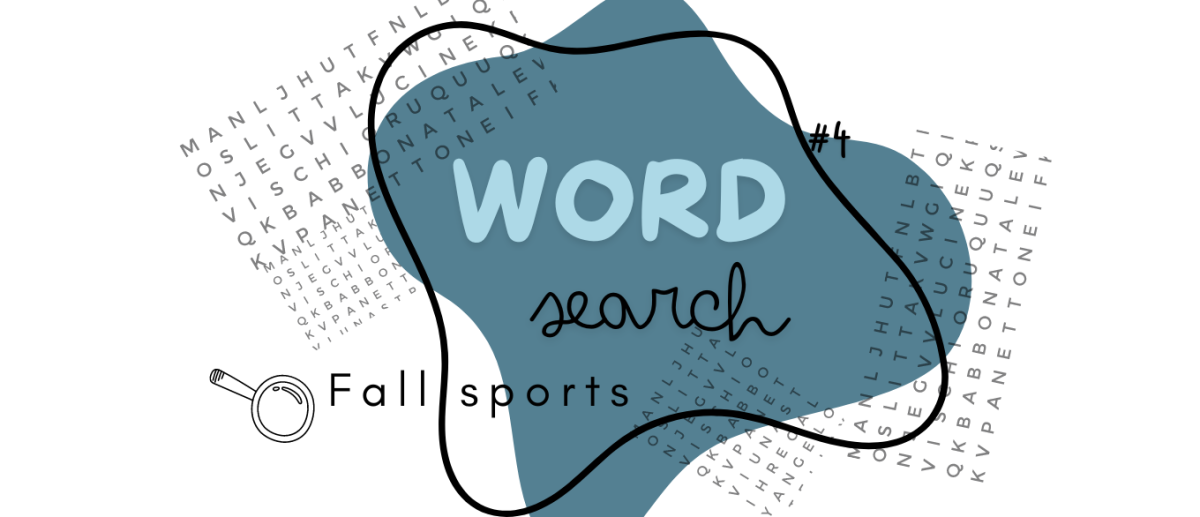
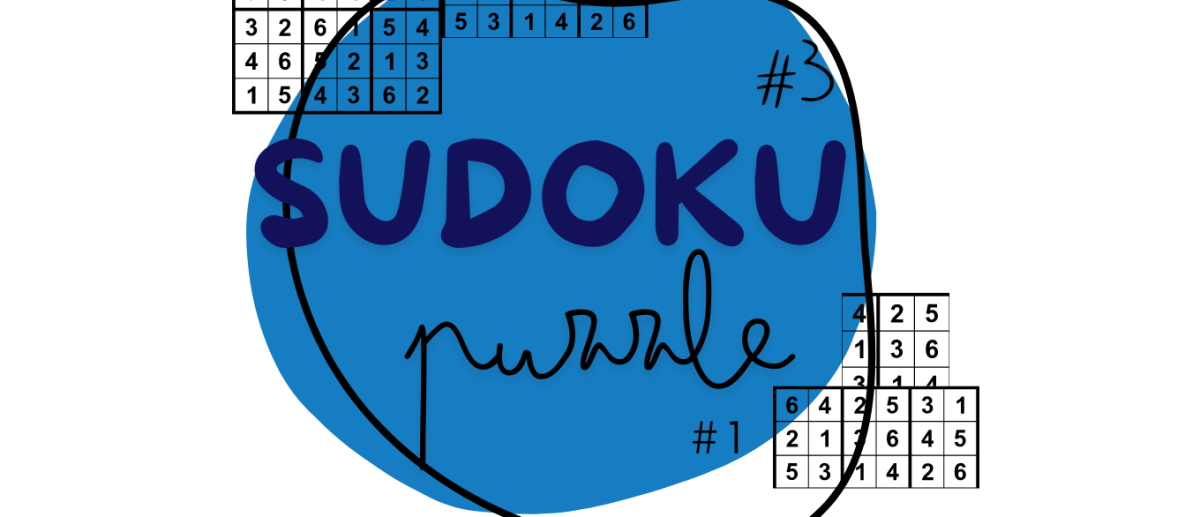
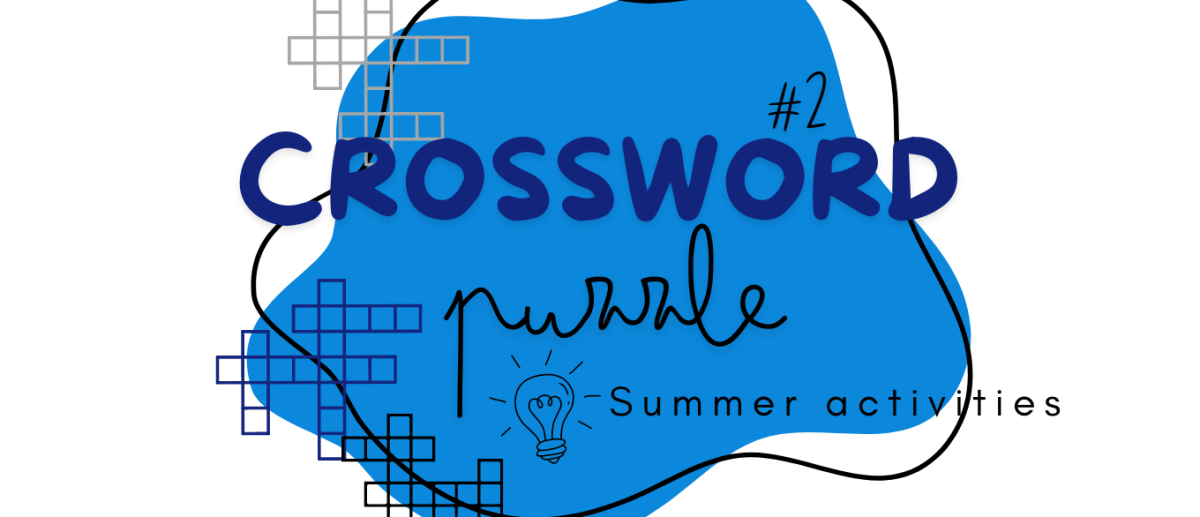


![The introduction slides for students to understand the reasons for taking the phase one survey. “The purpose of the survey is to try to get to know kids . . . [it will ask] are you interested in an AP class? What kind of classes are you interested in?” Asplund said.](https://buenaspeaks.org/wp-content/uploads/2023/12/Screenshot-2023-12-13-1.36.52-PM.png)
